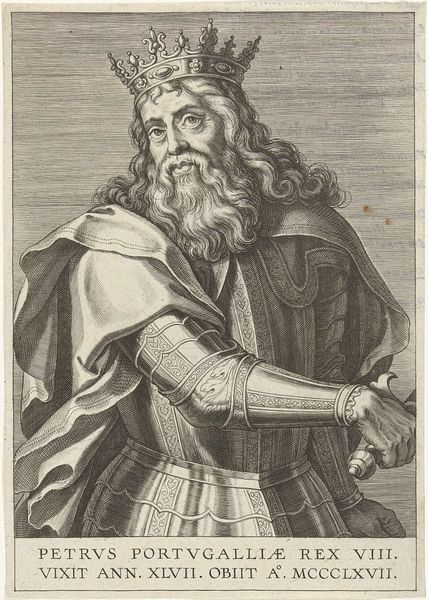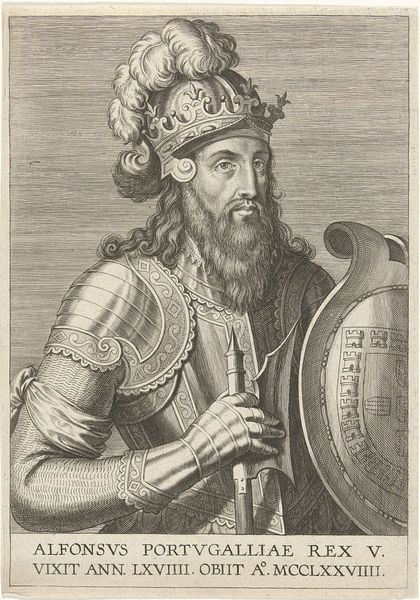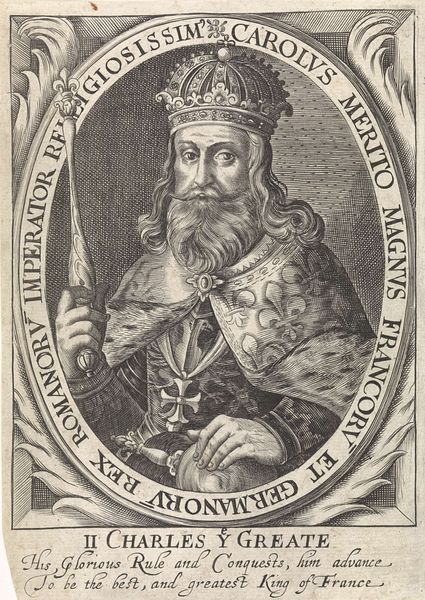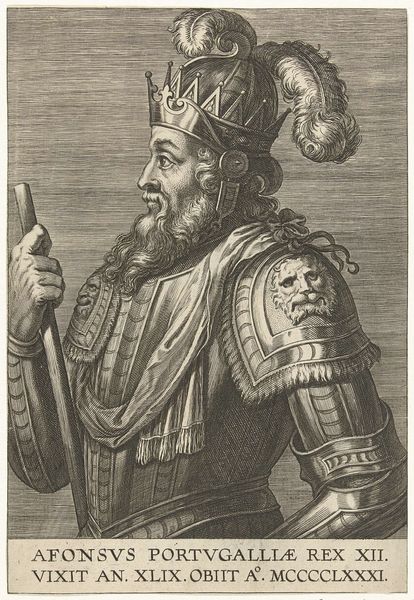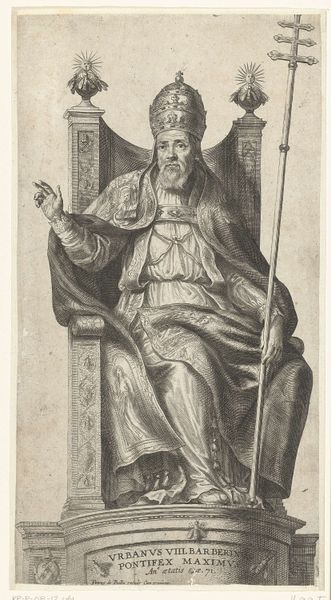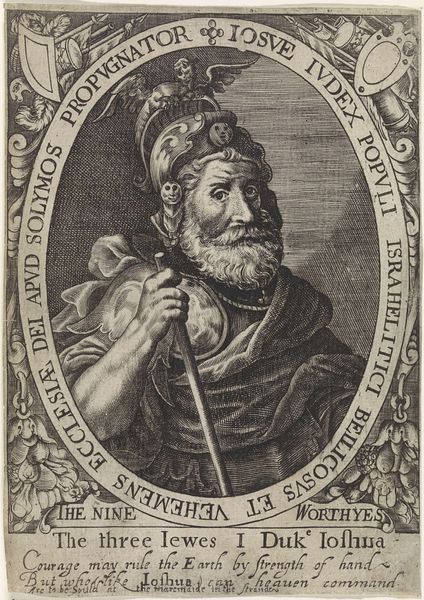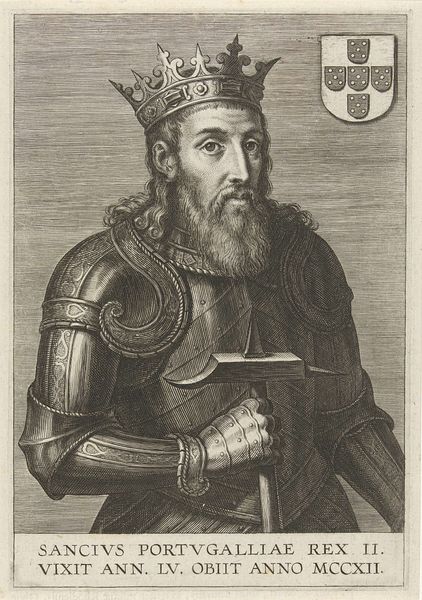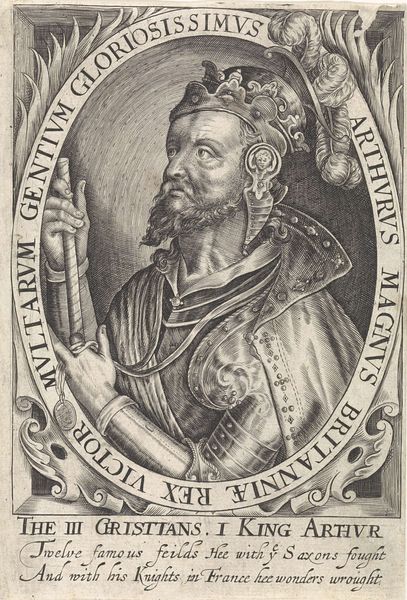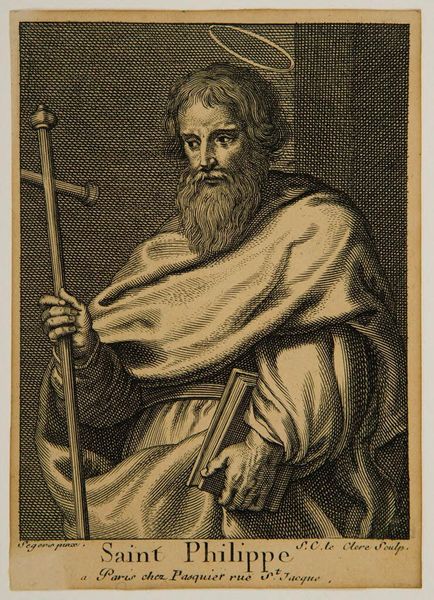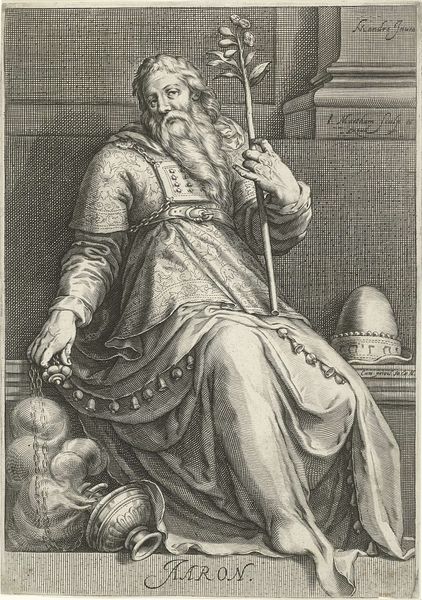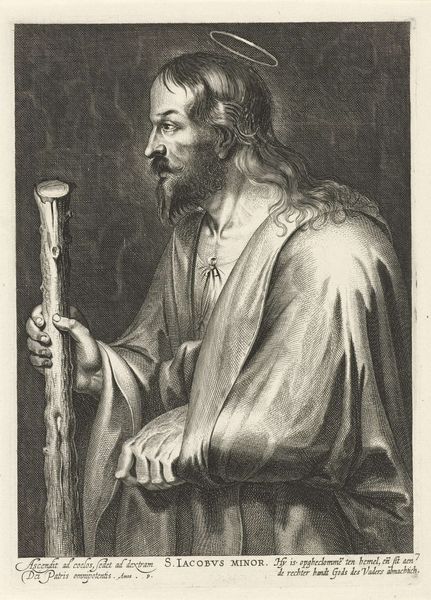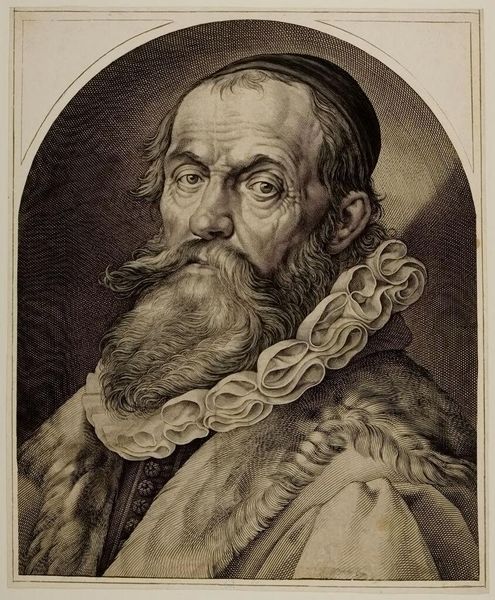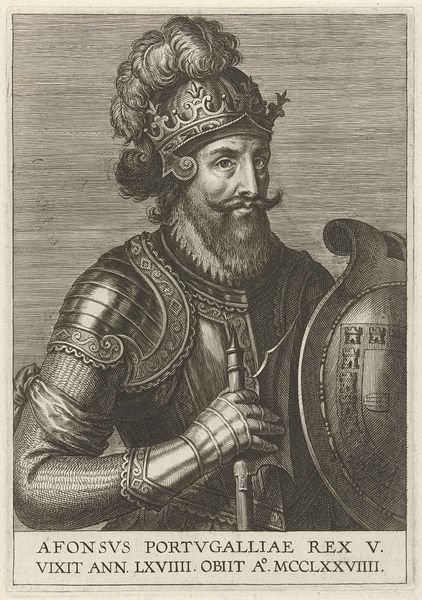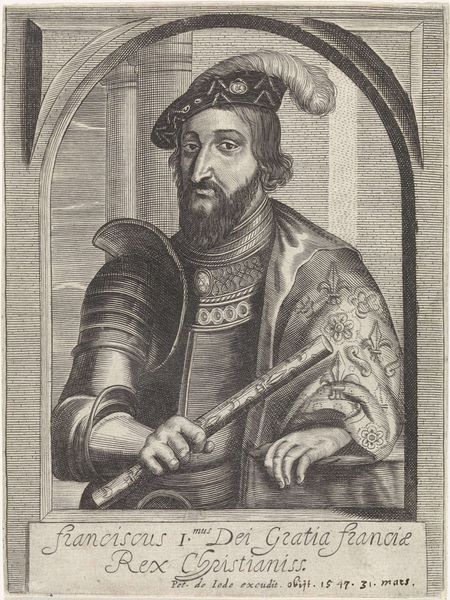
oil-paint
#
portrait
#
oil-paint
#
mannerism
#
oil painting
#
history-painting
#
portrait art
Copyright: Public domain
Curator: Here we have Francesco Salviati's "Portrait of Totila," an oil painting from 1549. What's your initial take on it? Editor: He looks… resigned? Like he's reluctantly accepting his fate. Or maybe he’s just really tired of holding that oversized baton. I mean, all that red… it’s almost suffocating. Curator: Well, the red could speak to the costly process of creating red pigments in the 16th century. Think about the layers required to achieve that depth of color. Consider also the use of that specific fabric which speaks to trade routes within Renaissance Europe. Red wasn’t just a color; it was an announcement of wealth and status, both for the subject and the patron who commissioned the work. Editor: I guess it depends on whether Totila actually had all that bling, or if Salviati and the patron were engaging in some… creative branding, so to speak. Either way, the symbolism of it has weight. But he feels strangely deflated, despite the effort invested. Curator: Exactly. The layers upon layers speak to the density of meanings assigned to symbols and representation of power and its visual projection. Now think about the history itself; consider the context for representing this particular figure in that moment in time. Editor: Ah, framing him for present needs and desires rather than simple historical record, then? A "portrait of power," maybe. The muted tones contrasting with all that opulent regalia hints at that kind of friction. Makes him, what? More relatable? More human. Or is the goal something else entirely. I am truly enjoying these possibilities. Curator: Relatability might not have been the primary goal, necessarily. These displays are inherently about negotiating meaning. Perhaps less about straightforward relatability and more about an aspiration to some sort of ideal of leadership through its crafted representation, that relies not only on making the person resemble the ideal ruler, but in making all their clothing and surroundings point to it as well. Editor: Okay, I see what you mean. More of an active manufacturing of identity, for political consumption… Still, looking at this regal portrait, my first impression continues to sway. It makes me think of the cost—the toll on an individual beneath the heavy crown. I guess it hits harder now, given the state of things in the world. Curator: Perhaps it also invites us to think critically about all of these crafted symbols surrounding us, the work it took to assemble them, the labour they continue to represent even after a portrait such as this is completed.
Comments
No comments
Be the first to comment and join the conversation on the ultimate creative platform.
